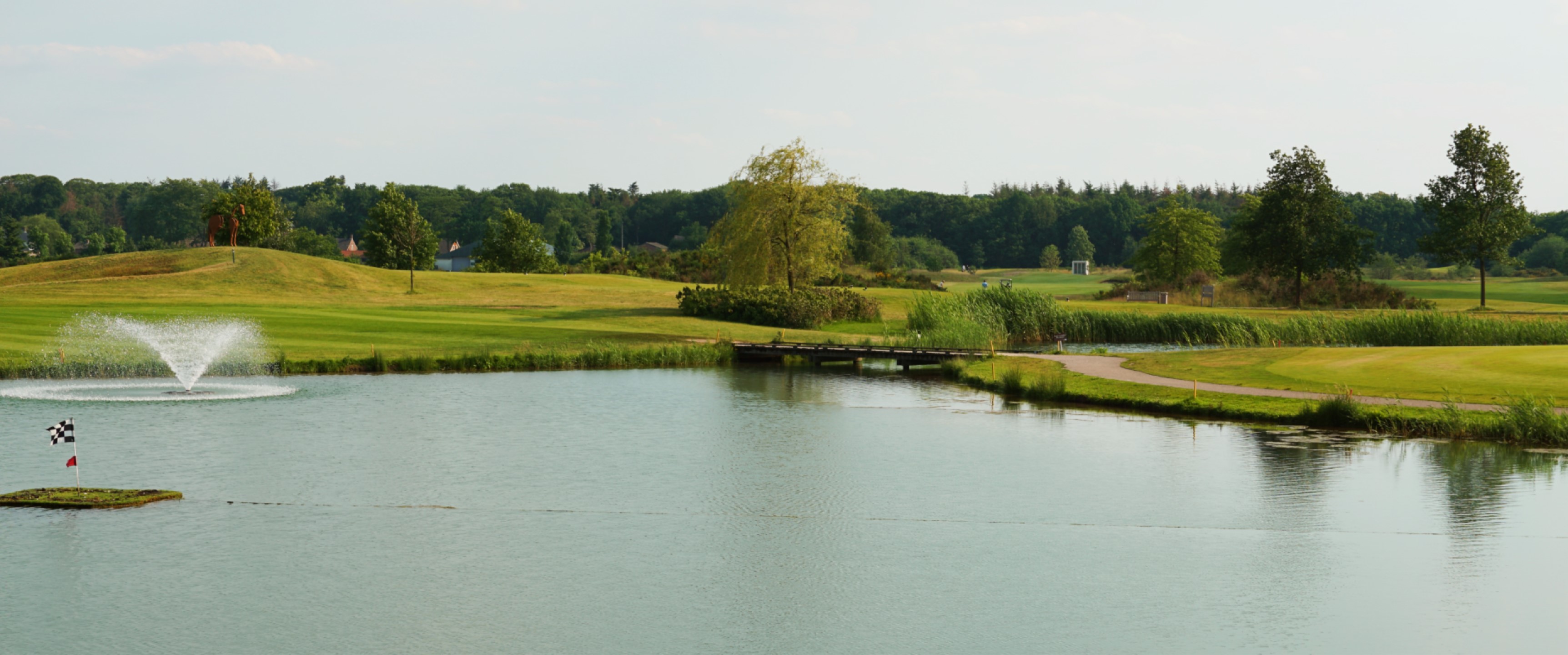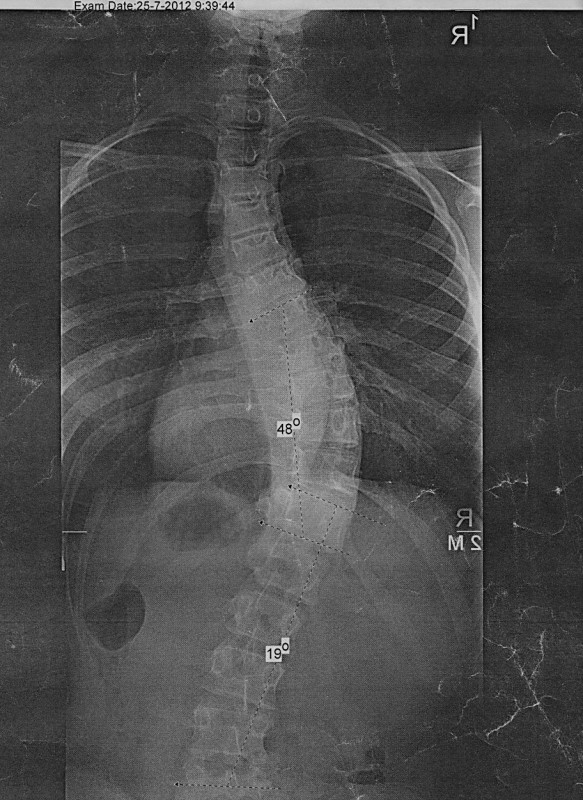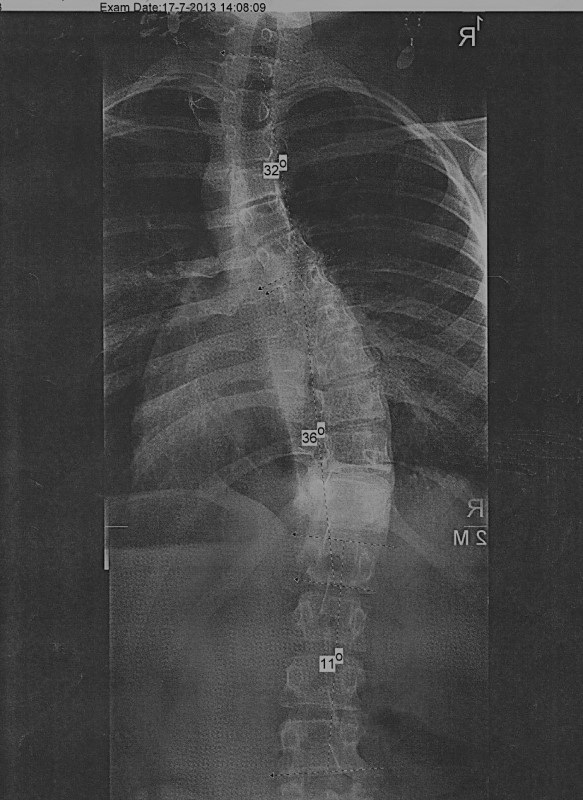Her daughter, Christa Lehnert-Schroth, helped her further develop the method. The institute (Asklepios clinic) moved after World War II to Bad Sobernheim (West Germany), where 1000
(Asklepios clinic) moved after World War II to Bad Sobernheim (West Germany), where 1000
patients are treated annually and Schroth therapists are trained.
Katharina’s grandson, Dr. Hans-Rudolph Weiss, continues the tradition, and has developed Schroth
Best Practice. This is a version of the Schroth exercises that can be performed well outside the clinic
(so at home) and applied in daily life. He also gives lectures about scoliosis and braces all over the
world, and guides clients in conservative, non-operative scoliosis treatment.
In addition to the Asklepios clinic, several treatment and training centers have been created. In the
Netherlands that is the Scoliosis Care Clinic in Zwolle (although you are not there internally).In Spain
the Schroth-based treatment is called BSPTS, in Italy ISICO, and in Poland FITS.





